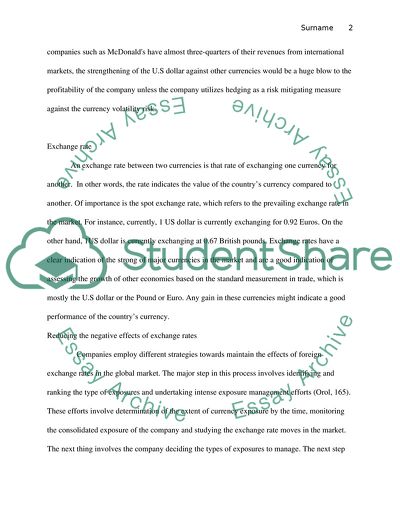Hedging, remeasurement, and exchange rate Essay. https://studentshare.org/finance-accounting/1866726-hedging-remeasurement-and-exchange-rate
Hedging, Remeasurement, and Exchange Rate Essay. https://studentshare.org/finance-accounting/1866726-hedging-remeasurement-and-exchange-rate.


